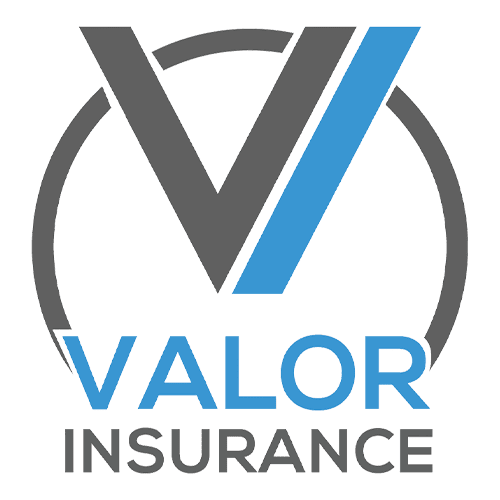The intricate web of Michigan’s no-fault insurance system can feel like a confusing labyrinth for even the most seasoned driver. But fear not, fellow Michiganders! This deep dive will illuminate each corner of this maze, equipping you with the knowledge and understanding to navigate its complexities with confidence.
1. Fault or No Fault? Decoding the Core Principle:
Michigan stands apart from most states, operating on a unique “no-fault” principle. This means that regardless of who caused the accident, each driver turns to their own insurance company for coverage. Forget the finger-pointing and lawsuits of at-fault states – here, everyone has a sense of security knowing they’ll receive support, no matter who’s at fault.
But how does this work in practice? Let’s imagine two scenarios:
Scenario 1: You’re driving down the road when a driver swerves into your lane and hits you. Although the other driver was clearly at fault, you file a claim with your own insurance company for any damage to your car, medical expenses, and lost wages. Your insurance company takes care of everything, regardless of the other driver’s fault.
Scenario 2: You rear-end the car in front of you while they were stopped at a red light. Even though you caused the accident, you still file a claim with your own insurance company for any injuries you sustain and damage to your own car. Again, your insurance company handles everything, covering your own expenses.
Key Takeaway: In Michigan, the focus is on covering damages and injuries, not placing blame. This eliminates the stress of lawsuits and finger-pointing, ensuring everyone receives needed support in the aftermath of an accident. There is still an at-fault and not-at-fault party but to you and me, we never see the interworkings of how insurance companies subragate that in the background.
2. Demystifying PIP Coverage: Your Bridge to Recovery:
Personal injury protection (PIP) plays a critical role in Michigan’s no-fault system, acting as your financial bridge to recovery after an accident. It covers crucial expenses like:
- Medical bills: Whether it’s a fractured wrist or a hospital stay, PIP covers your necessary medical treatment.
- Lost wages: Can’t work due to your injuries? PIP provides compensation for lost income, ensuring financial stability during your recovery.
- Replacement services: No time to cook or clean? PIP can cover services like childcare and housekeeping while you recuperate.
But there’s a twist: The 2020 legislation introduced flexibility in PIP coverage levels. You can now choose:
- Unlimited PIP coverage: Provides the most comprehensive protection for medical expenses and lost wages.
- Limited coverage: Offers reduced benefits but at a lower premium.
- No PIP: Choose this option if you have Medicare or prefer to self-insure, but be aware of the potential financial risks.
Choosing the right level is crucial. Consider your medical needs, potential liabilities, and budget to make an informed decision. Don’t hesitate to consult our insurance agents to understand the implications of each option. When you do, ask about how Long term car plays a factor if you are conidering going with lower limits.
3. Uninsured and Underinsured Motorist Coverage: Your Safety Net:
Unfortunately, not everyone plays by the rules. Uninsured and underinsured motorist coverage (UM/UIM) serves as your safety net in case you’re involved in an accident with someone who doesn’t have enough insurance to cover your damages.
Think of it this way: You’re cruising down the highway when a driver without insurance suddenly cuts you off, causing a major crash. Without UMBI/UIMBI, you’re left bearing the financial burden of your injuries.
That’s where UMBI/UIMBI comes in. It steps in to cover your expenses if the at-fault driver doesn’t have enough insurance, offering crucial financial protection in these unfortunate situations.
4. Beyond the Basics: Tailoring Your Coverage with Additional Options:
Your insurance options in Michigan extend beyond the core elements. Consider these additional perks to customize your coverage:
- Broadened Collision coverage: This covers your own vehicle damage in any accident, regardless of fault. While offering peace of mind, it comes with a slightly higher premium.
- Limited property damage: This affordable option gives you the ability to potentially recover additional money, up to $3,000, when an accident is caused by other at-fault driver.
- Additional perks: Explore optional coverages like rental car reimbursement, towing and labor, and roadside assistance for a well-rounded insurance package tailored to your needs.
5. Your Trusted Guide: Navigating the Maze with an Insurance Agent:
The intricate pathways of no-fault insurance can seem overwhelming. But worry not, you don’t have to wander alone! An experienced insurance agent acts as your compass, offering invaluable guidance:
- Demystifying confusing language: They’ll translate insurance jargon into plain English, ensuring you understand your policy.
- Tailoring coverage options: They’ll analyze your policy to make sure you have the coverage YOU need.
- Addressing specific concerns: “They’ll answer all your questions and address any specific concerns you have about your coverage, ensuring you feel confident and reassured.”
- Proactive assistance: “They’ll stay up-to-date on insurance regulations and changes, proactively keeping you informed and adjusting your coverage if needed.”
- Negotiating with providers: “They’ll leverage their expertise and industry connections to negotiate the best possible rates and coverage terms for you.”
Empower yourself and take control of your no-fault insurance journey. Partner with a trusted insurance agent today and navigate the maze of coverage options with confidence. Your peace of mind and financial security on the road are worth the investment at https://www.valorinsure.com
